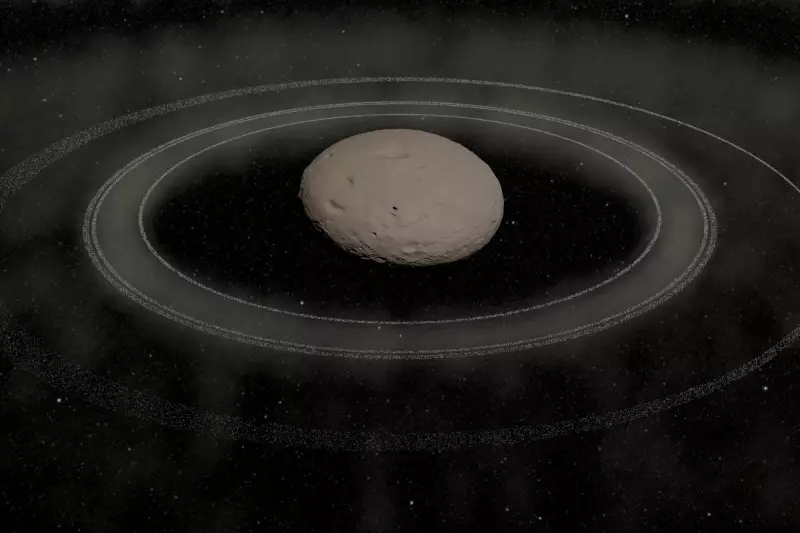
In a discovery that's rewriting astronomical textbooks, scientists have identified a fascinating celestial body occupying the space between Jupiter and Neptune that defies conventional classification. This cosmic wanderer presents astronomers with a unique puzzle, displaying characteristics of both asteroids and comets.
The Cosmic Hybrid Revealed
Recent observations have confirmed that this mysterious object exhibits comet-like activity despite its asteroid-like orbit. Unlike typical asteroids that remain relatively inert, this body shows clear signs of outgassing and displays a faint atmosphere, or coma, typically associated with comets.
Orbital Oddity Challenges Understanding
The object follows a stable path within the distant reaches of our solar system, positioned in the orbital gap between the gas giant Jupiter and the ice giant Neptune. This placement makes it particularly intriguing to planetary scientists studying the evolution of our cosmic neighbourhood.
What makes this discovery particularly significant is how it blurs the traditional boundaries between different types of solar system objects. The conventional distinction between rocky asteroids and icy comets appears increasingly inadequate when faced with such hybrid celestial bodies.
Scientific Implications
This finding has substantial implications for our understanding of:
- Solar system formation and evolution
- The composition and behaviour of minor planets
- The distribution of icy materials throughout our planetary system
- Classification systems for celestial objects
Astronomers are particularly excited about what this might reveal about the early solar system and the migration patterns of planetary bodies. The object's unique characteristics suggest it may be a relatively pristine remnant from the solar system's formation billions of years ago.
Future Research Directions
Research teams worldwide are now directing their telescopes toward this celestial anomaly, hoping to unravel more of its secrets. Further observations may help determine whether this object represents a distinct class of solar system bodies or simply an extreme example of existing categories.
This discovery underscores how much we still have to learn about our own cosmic backyard, reminding us that even within our relatively well-mapped solar system, surprises continue to emerge that challenge our fundamental assumptions about planetary science.





